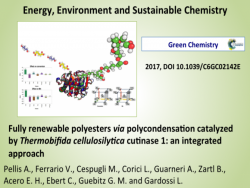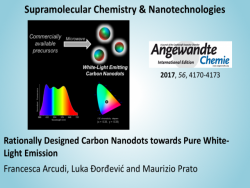Nanocellulose
Nanocellulose, renewable building block, is composed of nanosized cellulose fibrils. Depending on the way it is obtained, nanocellulose can be classified in three main families: cellulose nanocrystals (NCC) and microfibrillated nanocellulose (MFC), obtained following a top-down approach from cellulose fibers, and bacterial nanocellulose (BNC) synthetized in pure and highly crystalline microfibril form by bacteria and using a bottom-up method. These families differ on the dimension of the isolated cellulosic material, their function and on their applications but they all have unique properties such as high aspect ratio, low density, biodegradability, high strength and stiffness, they are non-toxic, or they are even highly absorbent when used as a basis for aerogels or foams. In addition to its unique properties, nanocellulose can be produced in large quantities in a cost-effective manner and can be easily functionalized due to the presence of many hydroxyl groups along the chains.
In collaboration with the University of Padova (Prof. T. Carofiglio), the following research topics are:
-The covalent modification of the nanocellulose with fullerene derivatives for photodynamic therapy (PDT) application.
-The synthesis of gold nanoparticles on the surface of dendronized nanocellulose for catalysis applications.
-The fabrication of thin, transparent and conductive free-standing films based on graphene and nanocellulose.

Research Group
| Nancellulose Group |







